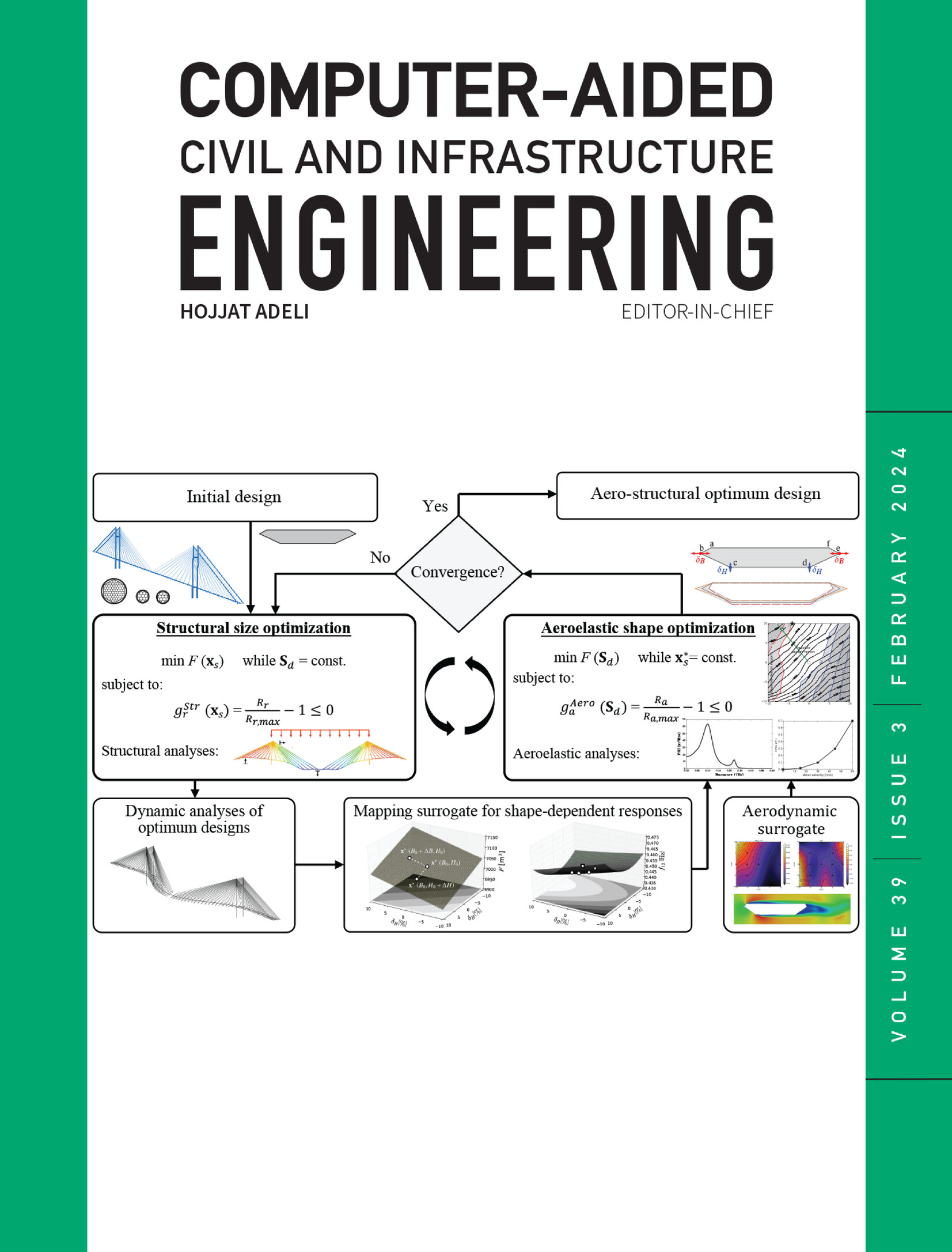一种结合轻量网络和监督仿真到现实域自适应的有效船舶检测方法
IF 8.5
1区 工程技术
Q1 COMPUTER SCIENCE, INTERDISCIPLINARY APPLICATIONS
引用次数: 0
摘要
基于计算机视觉的船舶检测使用广泛标记的图像是至关重要的视觉海上监视。然而,这种数据收集是费时费力的,阻碍了新建船舶检验系统的实际应用。此外,训练有素的检测器通常部署在资源受限的边缘设备上,突出了深度神经网络的低复杂性。本研究提出了一种模拟到现实(Sim2Real)域自适应框架,通过轻量级自适应检测器减轻标注负担,提高船舶检测效率。具体来说,建立了一个代理虚拟环境来生成合成图像。提出了一种自动标注数据的方法,建立了大规模的船舶检测综合数据集SSDShips。该数据集包括4800张图像、23,317个注释实例、6个船舶类别和各种场景。基于你只看一次的版本8 (YOLOv8)框架,开发了一种新的多层融合轻量级(MFL)网络,称为MFL-YOLOv8。MFL-YOLOv8在SSDShips上进行预训练,并通过混合迁移学习策略使用现实和伪现实数据进行微调,以尽量减少跨域差异。结果表明,与普通的YOLOv8相比,MFL-YOLOv8减少了20.5%的模型参数和66.0%的每秒千兆浮点运算,同时提高了检测性能。Sim2Real自适应提高了模型在实际情况下的泛化能力,平均精度mAP@0.5和mAP@0.5:0.95分分别达到98.8%和81.8%。它还将真实世界的标签大小缩小了66.4%,与特定领域内现有的船舶检测方法相比,实现了更高的检测效果和效率。在NVIDIA Jetson Orin Nano上进行了测试,结果表明该方法在船舶边缘检测中具有可靠的性能。SSDShips数据集可在https://github.com/congliaoxueCV/SSDShips上获得。本文章由计算机程序翻译,如有差异,请以英文原文为准。
An effective ship detection approach combining lightweight networks with supervised simulation-to-reality domain adaptation
Computer vision-based ship detection using extensively labeled images is crucial for visual maritime surveillance. However, such data collection is labor-intensive and time-demanding, which hinders the practical application of newly built ship inspection systems. Additionally, well-trained detectors are usually deployed on resource-constrained edge devices, highlighting the lowered complexity of deep neural networks. This study proposes a simulation-to-reality (Sim2Real) domain adaptation framework that alleviates the annotation burden and improves ship detection efficiency by a lightweight adaptive detector. Specifically, a proxy virtual environment is established to generate synthetic images. An automated annotation method is introduced for data labeling, creating a large-scale synthetic ship detection dataset termed SSDShips. The dataset comprises 4800 images, 23,317 annotated instances, six ship categories, and various scenarios. A novel multi-level fusion lightweight (MFL) network is developed based on the you only look once version 8 (YOLOv8) framework, referred to as MFL-YOLOv8. MFL-YOLOv8 is pre-trained on the SSDShips and fine-tuned using both realistic and pseudo-realistic data through a hybrid transfer learning strategy to minimize cross-domain discrepancies. The results show that MFL-YOLOv8 reduces model parameters by 20.5% and giga floating-point operations per second by 66.0%, while improving detection performance, compared to the vanilla YOLOv8. Sim2Real adaptation boosts the model generalization in practical situations, reaching mean average precision mAP@0.5 and mAP@0.5:0.95 scores of 98.8% and 81.8%, respectively. It also shrinks the size of real-world labeling by 66.4%, achieving superior detection effectiveness and efficiency, compared to existing ship detection methods within the specific domain. Deployed on the NVIDIA Jetson Orin Nano, the proposed method demonstrates reliable performance in edge-oriented ship detection. The SSDShips dataset is available at https://github.com/congliaoxueCV/SSDShips.
求助全文
通过发布文献求助,成功后即可免费获取论文全文。
去求助
来源期刊
CiteScore
17.60
自引率
19.80%
发文量
146
审稿时长
1 months
期刊介绍:
Computer-Aided Civil and Infrastructure Engineering stands as a scholarly, peer-reviewed archival journal, serving as a vital link between advancements in computer technology and civil and infrastructure engineering. The journal serves as a distinctive platform for the publication of original articles, spotlighting novel computational techniques and inventive applications of computers. Specifically, it concentrates on recent progress in computer and information technologies, fostering the development and application of emerging computing paradigms.
Encompassing a broad scope, the journal addresses bridge, construction, environmental, highway, geotechnical, structural, transportation, and water resources engineering. It extends its reach to the management of infrastructure systems, covering domains such as highways, bridges, pavements, airports, and utilities. The journal delves into areas like artificial intelligence, cognitive modeling, concurrent engineering, database management, distributed computing, evolutionary computing, fuzzy logic, genetic algorithms, geometric modeling, internet-based technologies, knowledge discovery and engineering, machine learning, mobile computing, multimedia technologies, networking, neural network computing, optimization and search, parallel processing, robotics, smart structures, software engineering, virtual reality, and visualization techniques.

 求助内容:
求助内容: 应助结果提醒方式:
应助结果提醒方式:


